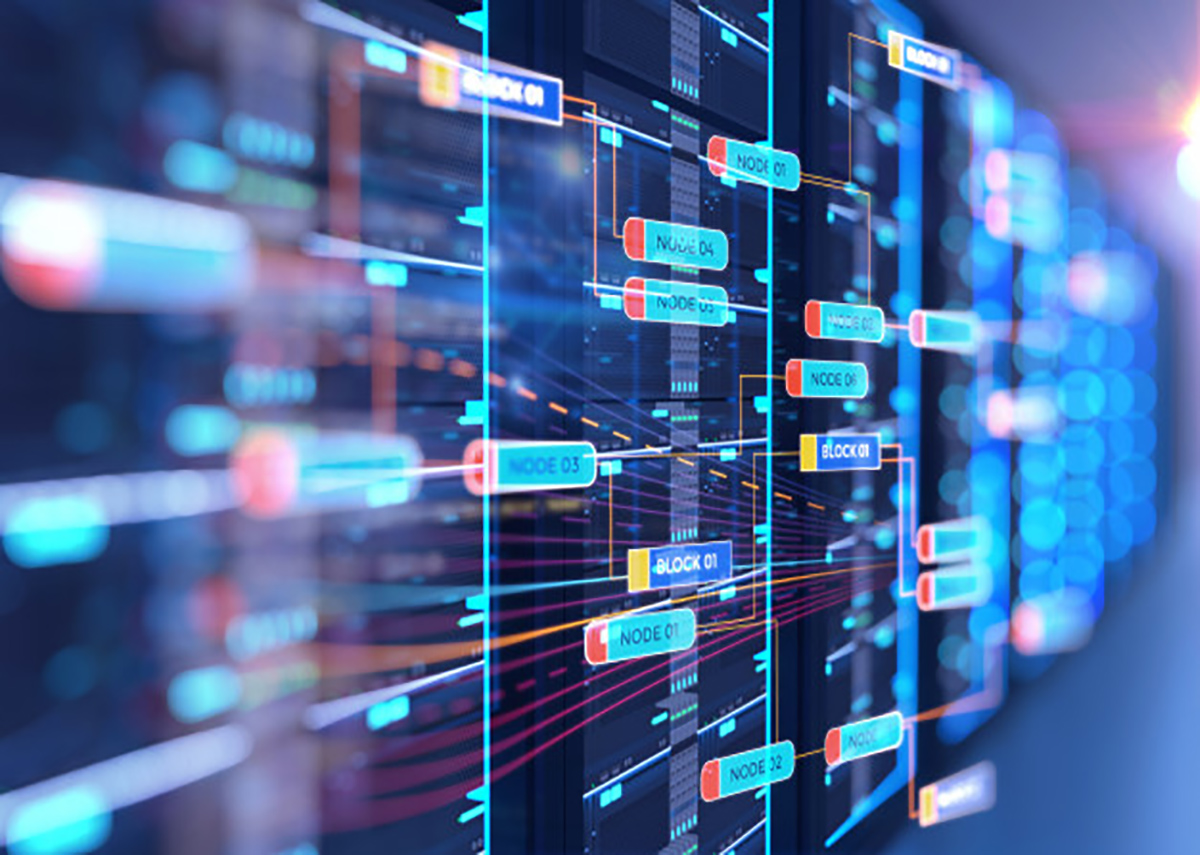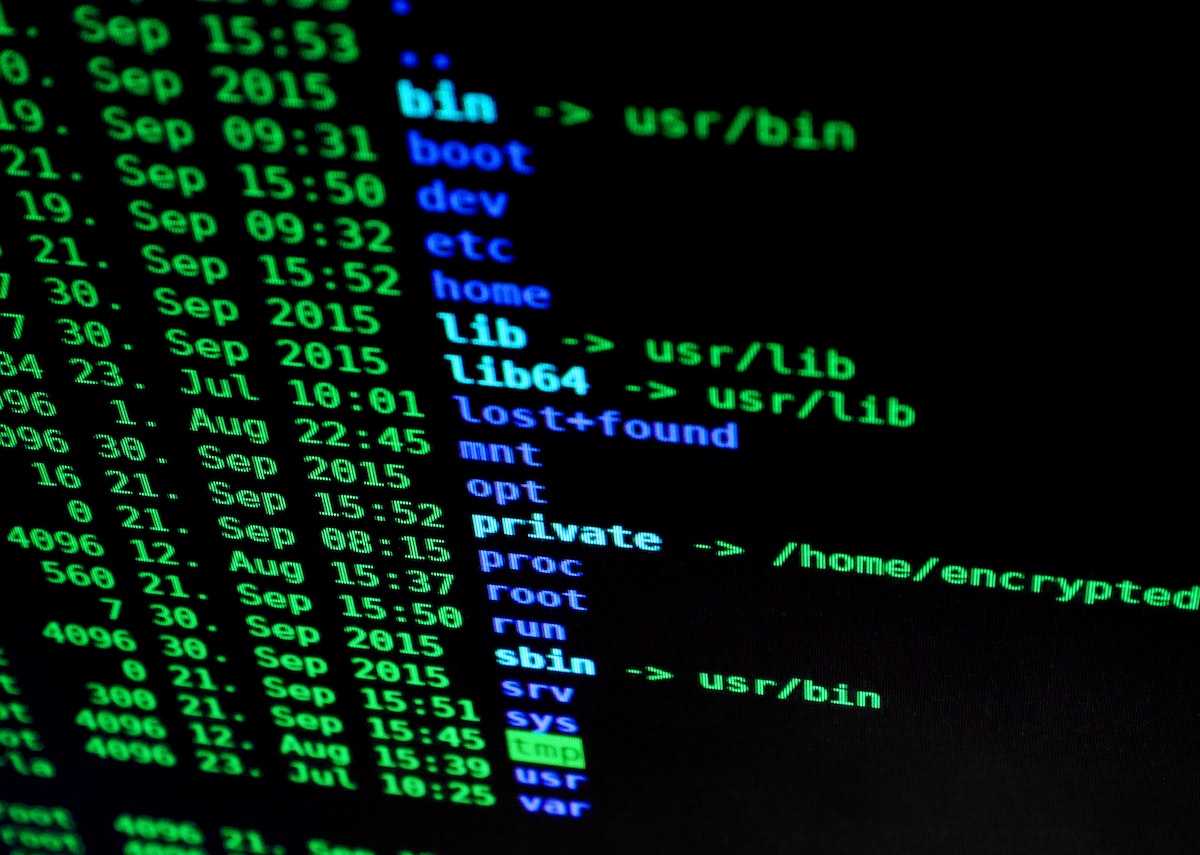Things We Learned About Internet And Networking Infrastructure Amid The Covid-19 Crisis
Share

October 29, 2020, was the golden anniversary of the day when a message was sent over ARPANET for the first time. The network later evolved into the internet we use today.
The technology revolution initiated by the birth of the internet brought dramatic changes to the global economy and the very nature of modern life. However, on its 50th birthday, few could have predicted the global health crisis that would come along in a few months to put the technology industry to its biggest test.
Covid-19 has put excessive strain on networks, as everything from work meetings and academic classes to family gatherings have shifted to online platforms. We have grown so dependent on the internet that about 9 out of 10 adults in the US have accepted it as an essential or important amenity, according to a Pew research study.
The coronavirus outbreak has created an environment to measure the performance of digital networks under stress. The insights from the analysis will influence the way infrastructure will be built and managed after the pandemic ends. Here are four relevant observations.
The Internet Has Remained Surprisingly Stable
There has been a great increase in internet traffic volume. Many telecom providers have reported that the traffic has doubled as millions of homebound users have taken to the online platform and use it for longer periods than they ever did. Services like Slack and Zoom have experienced significant user growth.
However, except for the occasional inconvenience like a frozen face in a video conference, a website that loads with delay, or slower internet speeds, the internet has held up well surprisingly.
The observation suggests that the foundation of the internet remains firm although improvement is vital and the nation’s broadband infrastructure has to be modernized in response to the changes in the industry.
IT Systems And Teams Of Organizations Are Going Through A Tough Time
The influx of remote workers wasn’t something that was expected. It has put forward a new challenge to organizations- to keep the employees connected and productive while ensuring the security and continuity of the business.
Traditionally-configured VPNs weren’t designed to handle this much traffic and no wonder they are easily overwhelmed. At the same time, home networks that use consumer WiFi routers lack the security required in an enterprise network.
This has urged organizations to find out ways to ensure performance and security, all the while adapting and evolving to support changing traffic patterns and growing remote workforce.
Companies should be able to tackle the challenges efficiently at the earliest possible by employing comprehensive strategies that promise the same network reliability, ease of use, and management and security that they had while they operated with physical offices and not with many employees working from different locations as in the present scenario.
The point will remain relevant even after the crisis ends because a remote workforce may become a permanent entity in the corporate environment. According to a Gartner survey, about 75% of CFOs and financial leaders are planning to move at least 5% of their workforce that operates on-site to remote positions.
The Cloud Has Become Significant Than Ever
It is impossible to imagine a world without the cloud and the applications it houses.
COVID-19 crisis is only going to increase the adoption rate of cloud infrastructure and its services. With the cloud growing more integral, companies should work on reducing the operational costs and complexity of public, private, and hybrid clouds.
The expected result is an increased demand for advanced cloud functionalities including automation and dynamic orchestration allowing service providers and organizations to operate more efficient, scalable and flexible multi-cloud infrastructures requiring fewer human operators.
Infrastructure Should Evolve Into A Self-Driving Form
For years, computer scientists have been working on the concept of networks that are capable of automatically observing, learning and responding to changing conditions. The networks can be described using any term, automatic, cognitive, self-healing, or self-driving.
Enterprises have grown increasingly reliant on such capabilities to simplify network infrastructure. This has become the need of the hour as we are expecting more from our digital networks than ever. It is not a reasonable thing to expect the IT teams of businesses to manually address all the performance issues as they arise.
For instance, you can continuously obtain performance data from all systems that are part of the infrastructure and use machine learning and Artificial Intelligence to examine the working of everything and recommend or automatically take the necessary actions.
The crisis period has revealed the importance of self-driving networks capable of capturing data, analyzing it, and employing automation to adapt to changing conditions with the least possible human intervention.
The COVID-19 pandemic has put the internet to its most strenuous stress test to date and emphasized effective approaches that support network infrastructure in the future.




